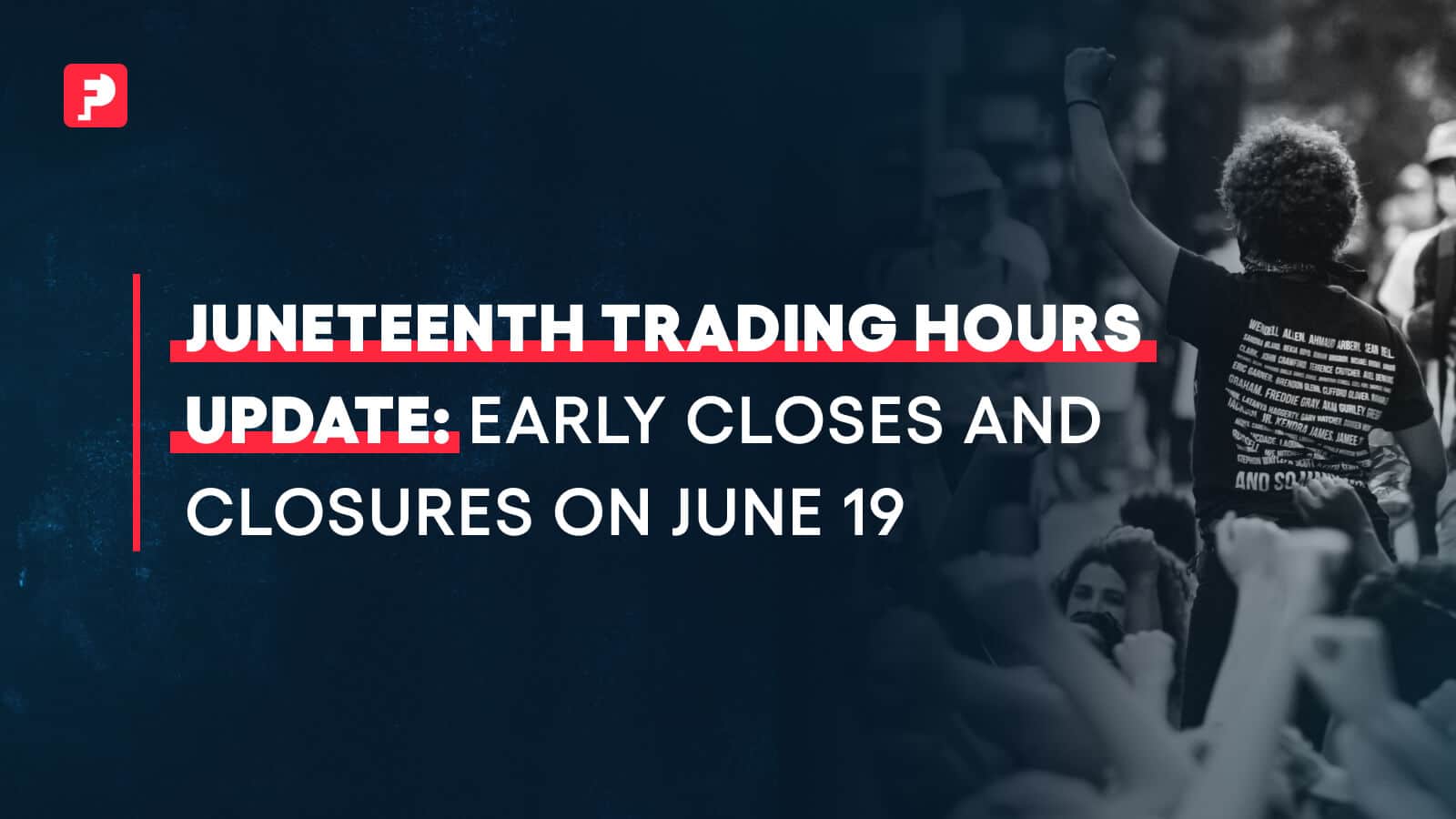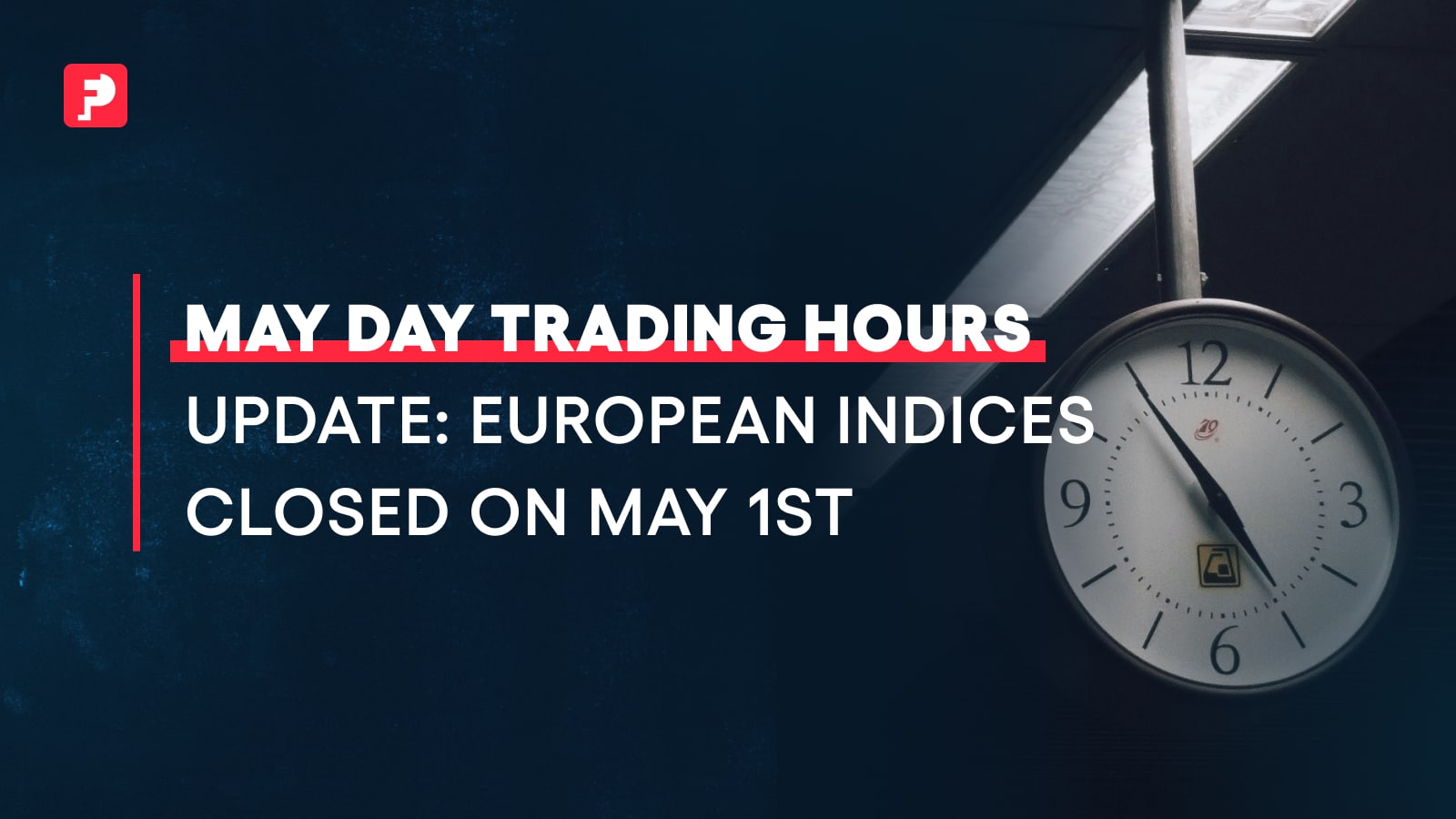
How to Trade Indices: A Comprehensive Guide with Examples
Key Takeaways:
- What are Stop Loss Orders?
- 4 common mistakes traders make when setting stops
- How to use Stop Losses effectively to best suit your trading
Overview
The financial world is often described in terms of institutions such as FTSE 100 or Deutsche Börse, FTSE Group, or Standard & Poor’s. These financial behemoths represent a sector of the market using indices: a statistical measure of the performance of a group of securities or assets. The S&P 500 index, for example, represents the performance of the 500 largest publicly traded companies in the United States. Investors and traders use indices to assess the financial “health” of a particular market or sector. In this Guide to Trading Indices, we will look in depth at these financial indicators, discuss relevant examples, and take you through a step-by-step guide on how to trade indices.
What Are Indices?
Charles Dow, the founder of Dow Jones & Company, created the Dow Jones Industrial Average (DIJA) in 1896. The DIJA symbolized the value of 12 companies and their collective performance. In other words, an index. Today, indices are the standard used to gauge the stability and solvency of a market or sector. Some of the most famous indices include the S&P 500, the NASDAQ Composite, and the Russell, each of which represents the conduct of a group of companies and therefore can be used as a benchmark for the stock market as a whole.
Back in 1896, the DIJA was calculated using the simple average of the stock prices of its 12 companies. Today, the DIJA (now 30 companies) is computed using a complex formula that includes stock splits and other adjustments. Generally, indices are calculated using weighted averages of the individual securities or assets they represent. The weighting is typically based on the market capitalization or the price of each security. This means that larger companies or assets will have a greater impact on the index’s performance than smaller ones.
A Guide to Trading Indices
Trading indices involve the buying or selling of financial instruments, using an underlying index as the benchmark. The index will collate a collection of shares under a single exchange, using their price performance as a type of yardstick. By trading indices, investors can leverage the potential of an entire sector from a single position.
Essentially, you, as the trader, will be speculating on the prices rising and falling: buying into a growing market and selling positions in a market with a downturn on the horizon. Before we analyze the benefits of trading indices and the best strategies to use, it is important to understand the basics of what moves indices and ensure you have a strong trading foundation by covering the following areas:
Fundamental Analysis
Analytical thinking is a critical component of trading indices. After all, if you do not understand the factors that impact an index, you will be ill-equipped to trade it. Arm yourself with the tools of fundamental analysis to best interpret the market. Indices will be affected by economic, political, and social factors. Traders and investors use fundamental analysis to assess the market, i.e., they assess the value of an index using the underlying economic context.
There are many ways to analyze an index, including following company announcements and economic news. Make a practice of checking the index’s composition and commodity prices daily, watching relevant news, and reading financial reports related to the index. There is a wealth of online tools and resources for fundamental analysis: Yahoo Finance is a great source of economic data and real-time news, and Finviz is a useful stock screening tool to filter stocks based on factors such as financial ratios and earnings growth.
Many brokers now incorporate real-time market data into their platforms and trading software. Arm yourself with the relevant information to ensure you stay abreast of any potential changes to the index and can trade accordingly.
Platform
When it comes to trading indices, the choice of platform is critical: you will not get far without a platform that has access to indices! TradeLocker is a rising star that is increasingly becoming the platform of choice among traders thanks to its enhanced features and promising roadmap. While still in the Beta version, many brokers have already integrated the software into their platforms after award-winning prop trading firm FunderPro led the way. Whichever platform you choose, make sure it has access to indices and a decent commission structure, and check that the dashboard or trading portal is user-friendly.
Strategy
Equally as important as your platform is your trading strategy. Develop a strategy that aligns with your trading vision, market perspective, and risk appetite. Bear in mind the benefits of technical analysis tools such as chart patterns and moving averages when choosing your potential entry and exit points. It may be useful to research practices and approaches and read up on the market or sector in question.
There is no “best” strategy for trading indices, traders have distinctive styles, risk tolerances, and goals. What would be a profitable approach for one individual may not have the same results for someone else. That said, some popular strategies used by index traders include mean-reversion, breakout trading, and trend following:
- Mean-reversion: Traders will identify deviations from the index’s historical average and take positions that bet on a reversion to the mean
- Trend-following: Trend-following is where traders use the direction of the index trend and enter long or short positions accordingly
- Breakout trading: Traders will look for key levels of support and resistance and open positions where these levels “break out.”
Risk Management
No successful trader will remain long in profit without a risk management plan. There are several ways to help manage risk and offset excessive losses, including stop-loss and take-profit orders. Make sure to use appropriate leverage and position sizing to avoid overexposure.
Discipline
Trading discipline and risk management go hand in hand. Traders who make a plan (and stick to it) will be more likely to see consistent profits. A disciplined approach to trading indices will help you avoid emotional-based decisions based on impulse or fear. You would do well to track your trades to identify areas for improvement. Plotting your progress and analyzing past performances will allow you to learn from where you went wrong – and right – and adapt your strategy accordingly.
A Step-by-step Guide to Trading Indices
The above guide is an overview of best practices in trading indices. Here is a simple step-by-step summary of how to trade indices:
1. Choose Your Platform
To trade indices, you will need a trading platform that offers index-based instruments. Ensure your platform is reputable, regulated, and has competitive trading fees.
2. Analyze Your Market
Monitor market conditions and determine the direction of the index before you begin trading. Take advantage of technical analysis tools such as chart patterns, trendlines, and indicators, or use fundamental analysis tools such as economic data and news releases.
Choose your trading strategy: There are several approaches you can use to trade indices, including trend-following, breakout, and mean-reversion strategies. Choose a strategy that suits your trading style, risk tolerance, and goals.
3. Enter Your Trade
Once you have analyzed the market and chosen your trading strategy, you can enter your trade by buying or selling the index-based instrument. You can go long (buy) if you expect the index to increase in value or go short (sell) if you expect the index to fall.
4. Manage Your Risk
It is important to manage your risk when trading indices. You can prevent excessive losses with stop-loss orders and lock in gains using take-profit orders. Make sure to set your profit targets and manage your position size. Once your positions are opened, remember not to fall into complacency; keep monitoring the market conditions and adjust your strategy accordingly.
Conclusion
Trading indices can offer a convenient way to gain exposure to the broader market or specific sectors without having to trade individual securities. Use this Guide to Trading Indices to ensure you follow the steps to inform your trades, protect your profits, and continue to meet your targets.
Ready to take the challenge? Sign Up Now.



